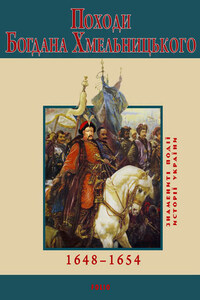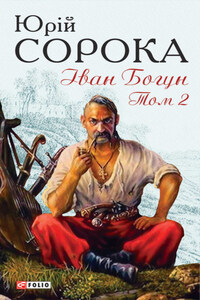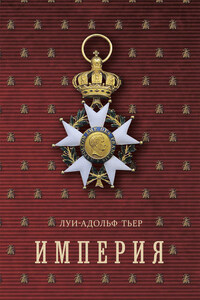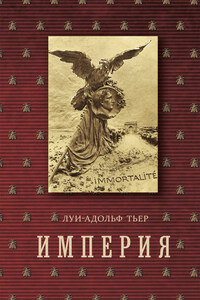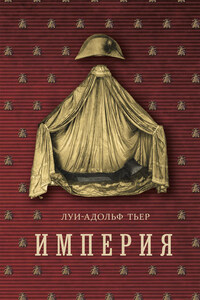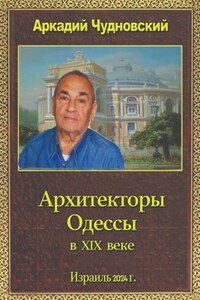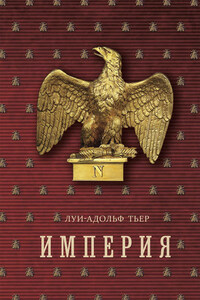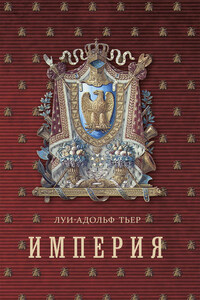The period of Princes Askold and Dir rule over Kyivan Rus’ has been researched so insufficiently that it is impossible to confirm or deny any data about their lives registered by the chronicles. In fact, there are several versions as to the origin of the ancient Princes. According to the academic historiography, Askold and Dir reigned over Kyiv in the 860-880s. In 866 The Tale of Bygone Years informed, “…Askold and Dir went on a campaign to the Greeks and surrounded Tsargorod with 200 ships…” According to the chronicle, Emperor Michael had to pay the indemnity and sign a peace treaty favouring the Rusiches.
Askold and Dir (Radziwiłł, or Königsberg Chronicle)
However, if the chronicle confirms the existence of Askold and Dir, it does not specify who those people were. As to Askold, Nestor’s chronicle calls him one of Rurik’s governors (called voyevodas). On the contrary, the Kyivan Chronicle of approximately 1037–1039 runs that Askold and Dir were brothers and legendary Kyi’s descendants. Later researchers, though, question the authenticity of this part of the Kyivan chronicle. They claim that at first the chronicle mentioned Askold only. Dir’s name was added later. The fact that Askold and Dir ruled Kyiv is disproved by the details of their burial. According to the chronicle, Oleh’s soldiers killed both Princes at the same time. Then a question arises, “Why were they buried in different parts of Kyiv at a distance from one another?” Nestor mentions the fact, “And Dir’s tomb is behind Saint Oryna”.
The fact that Askold and Dir reigned at different time is fixed in the work of Al-Masudi, Arab geographer of the tenth century. He claimed that “Dir was the first Slavic tsar”. Following his works, historians believe that Dir ruled after Askold, mainly in the 870-880s. In that case, on entering Kyiv, Oleh’s soldiers killed just Dir while Askold had died earlier.
The Death of Askold and Dir. Print by F. Bruni, 1839
As to the coverage of the early years of the Kyivan Rus’, it is worth mentioning a study by Omelian Pritsak, a Ukrainian historian, who had to immigrate to the USA in 1943. Some parts of the scholar’s research support academic historians’ conclusions about the lives of Askold and Dir. However, the books indicate some interesting differences. In the scholar’s opinion, in 860, the campaign to Byzantium was organized by two Viking military leaders under the names Hasting and Bjorn. It was they who headed the troops and led them from Tmutarakan through the Sea of Azov to Constantinople. After the Byzantines agreed to pay a ransom, Hasting and Bjorn retreated. According to some Scandinavian sources referred to by Omelian Pritsak, Hasting went to Britain while Bjorn stayed in Polotsk to reign. It was in Polotsk that he was killed by a Viking named Lot Knaut, also known as Helg, or Oleh the Prophet. It is not hard to guess that Hasting and Bjorn were actually Askold and Dir. It is up to the reader to decide which version about the Princes’ lives is true. However, the fact that each of them contributed a lot to the Kyivan state history is undoubted.

Silver coin Askold, issued by the NBU



